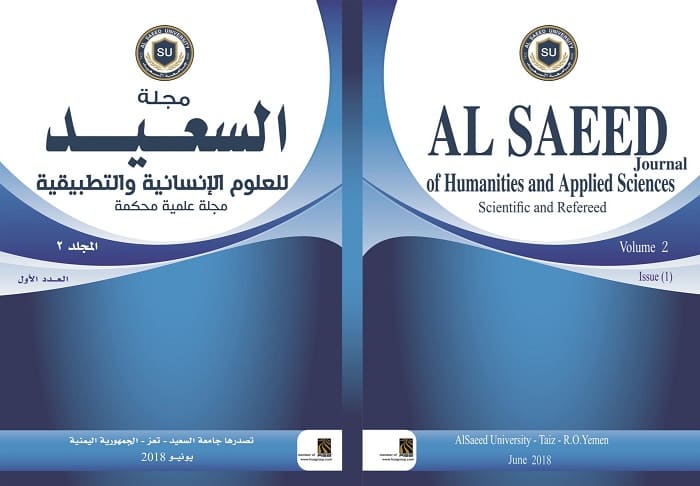The problem of the letter of guarantee and its impact on the Yemeni and Egyptian maritime law and international agreements: A comparative study
DOI:
https://doi.org/10.59325/sjhas.v2i1.44Keywords:
Letter of guarantee - Maritime law - International agreementsAbstract
The study addressed the problem of warranty agreement in the Yemeni and Egyptian laws and the international conventions. The problem of the study was :there was a difference between Yemeni and Egyptian marine laws and the international conventions . The negative and the positive impact of this difference was in the reduction of the comparative advantage which the loader or he carrier had on making warrant agreement. Was it a known warrant letter or fictitious agreement .Its nature. The extent of its acceptance by the marine laws and the international conventions . The importance of the study :the warrant agreement was considered from the important issues that need studying its impact on the marine transport. The study aimed to draw the attention of the Yemeni legislator to amend the provision of marine law on the light of what came on the international conventions to show what was settle in judicial jurisprudence in this field. The study adopted the descriptive, inductive, historical, and the analytical comparative method. The results of the study: the warrant agreement was a letter issued by the loader to the carrier versus the issuing of the latter a loading bill without reservation. The study recommended: The Egyptian and the Yemeni legislators have to do as the Rotterdam said to amend the texts that agree with the validity of the warrant agreement ,protecting the receivers from any marine cheating and fraud agreements , specially with the progress and the development that the marine transport process witnessed.
Downloads
Published
How to Cite
Issue
Section
License
copyright is retained by the authors. Articles are licensed under an open access Creative Commons CC BY 4.0 license, meaning that anyone may download and read the paper for free. In addition, the article may be reused and quoted provided that the original published version is cited. These conditions allow for maximum use and exposure of the work.



